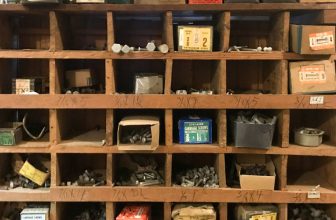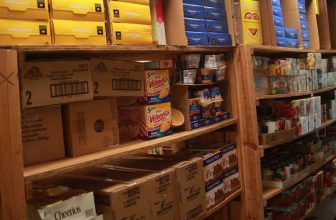How to Label Boxes for Storage
When it comes to organizing and storing your belongings, labeling boxes is an essential step that is often overlooked. Whether you are moving to a new home or simply decluttering your current space, knowing to label boxes for storage will save you time, effort, and even money in the long run. The main advantage of labelling boxes for storage is that it makes the process of finding and retrieving items much easier.
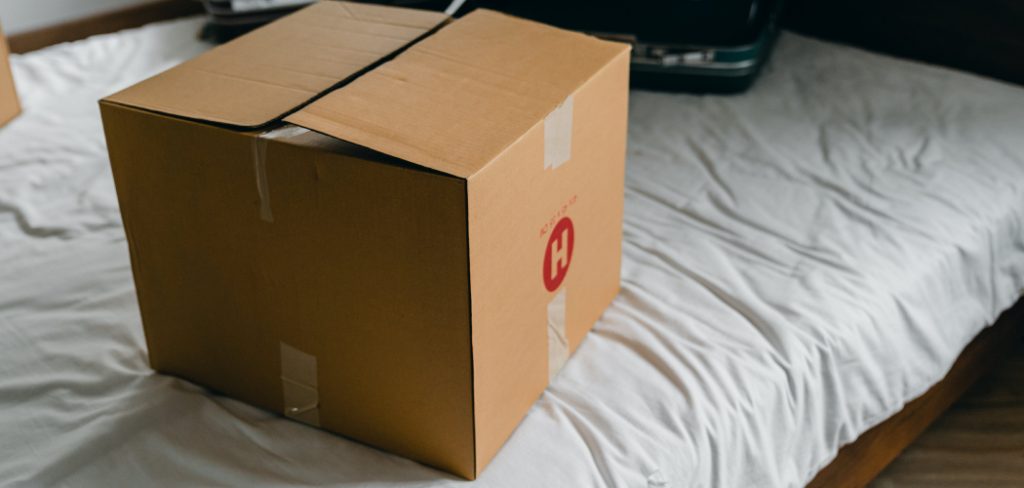
When boxes are clearly labelled, you can quickly identify which box contains the items you need, instead of having to open multiple boxes to find what you’re looking for. This saves time and effort, especially when you have a large number of stored items. In this blog post, You will learn in detail how to label boxes for storage.
Step-by-step Instructions for How to Label Boxes for Storage
Step 1: Inspect and Prepare the Boxes
Before labeling your storage boxes, it is important to make sure they are clean and in good condition. Check for any damages or signs of wear and tear, as well as dirt or dust that may have accumulated during storage.
Step 2: Gather Necessary Materials
To label your boxes, you will need markers (preferably permanent ones), labels or stickers, and tape. Make sure to have these materials ready before you begin. There are various ways to label your storage boxes, such as by category, room or type of items stored. Choose a system that works best for you and makes it easy for you to locate specific items when needed.
Step 3: Create labels
Using either labels or stickers, create the labels necessary for your system. You can also use markers to write directly on the box, but this may not be as neat and organized. To ensure visibility from all angles, it is important to label all four sides of the storage box. This will make it easier to spot the box and its contents when needed, even if it is stacked with other boxes.
Step 4: Label Boxes in a Consistent Manner
To avoid confusion, make sure to label all your storage boxes in a consistent and uniform manner. This will help you quickly identify which box belongs to which category or room. In addition to the category or room, it is helpful to include specific details on the labels such as a list of items inside the box or their date of storage. This will provide more information and make it easier to find specific items.
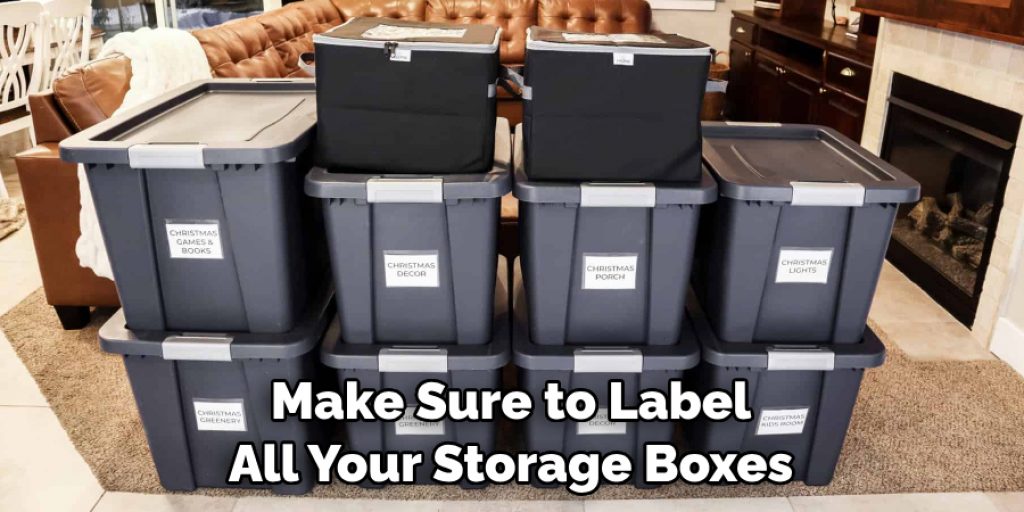
Step 5: Use Different Colored Markers or Labels
To add another layer of organization, you can use different colored markers or labels for each category or room. This will make it easier to spot the box you need at a quick glance. If you are storing fragile items, make sure to label the box as “Fragile” or “Handle with Care.” This will remind you and anyone else handling the box to be extra careful with its contents.
Step 6: Keep a Record of Labeled Boxes
To keep track of your storage system, create a list or spreadsheet indicating the contents and location of each labeled box. This will make it easier to find specific items without having to go through multiple boxes. To maximize space and make it easier to access specific boxes, stack them in an organized manner according to your labeling system. This will also prevent any damage to the boxes or their contents.
Step 7: Update Labels When Necessary
As you use and add items to your storage, make sure to update the labels on the boxes accordingly. This will keep your storage system current and organized.
By following these step-by-step instructions for labelling boxes for storage, you can create an efficient and organized storage system that will make it easy to find specific items whenever needed. Remember, the key is to be consistent, detailed, and organized in your labeling process.
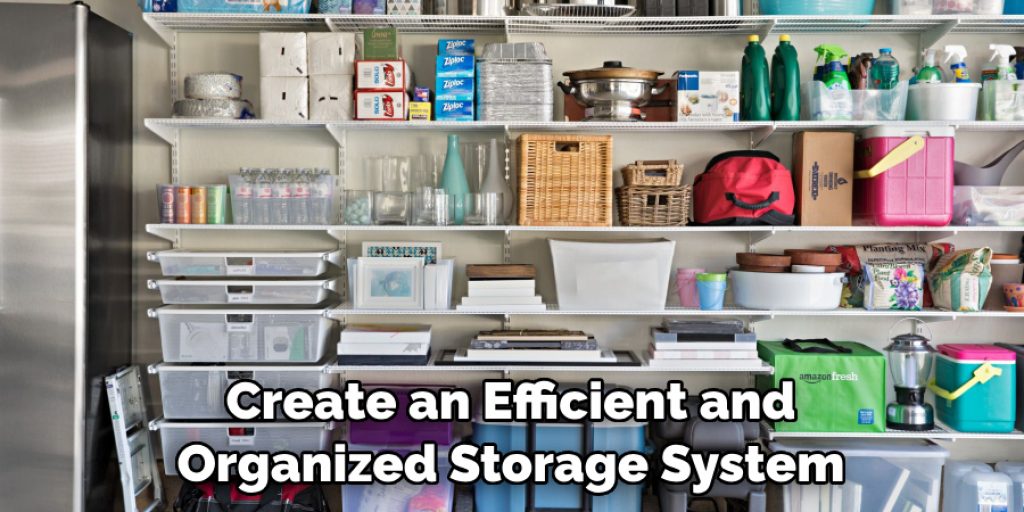
Safety Tips for How to Label Boxes for Storage
- When labeling your boxes, make sure to use a good quality permanent marker. This will ensure that the labels do not fade or smudge over time, making it easier to identify the contents of each box.
- To easily locate your items in storage, it is important to label each box on all sides. This way, no matter which direction the boxes are stacked, you will always be able to read the labels without having to rearrange them.
- While a simple label such as “Kitchen Items” may be enough for some boxes, it is helpful to include more specific details for others. For example, labeling a box as “Pots and Pans” or “Glassware” will make it easier to find and unpack specific items when needed.
- In addition to labeling the contents of each box, it is also important to indicate if any items are fragile or need special handling. This will help prevent damage during the storage and moving process.
- Along with text labels, consider using color-coded labels or stickers to further organize your boxes. This can be especially helpful when storing items from different rooms or categories.
- When labeling electronic items, make sure to include the corresponding cords and accessories in the same box as the device. This will prevent any confusion when unpacking and setting up your electronics in the future.
- Lastly, it is important to keep an inventory list of all the items in each box. This will make it easier to keep track of your belongings and quickly find specific items when needed.
In addition to these safety tips, there are also some precautions you should take when labeling boxes for storage.
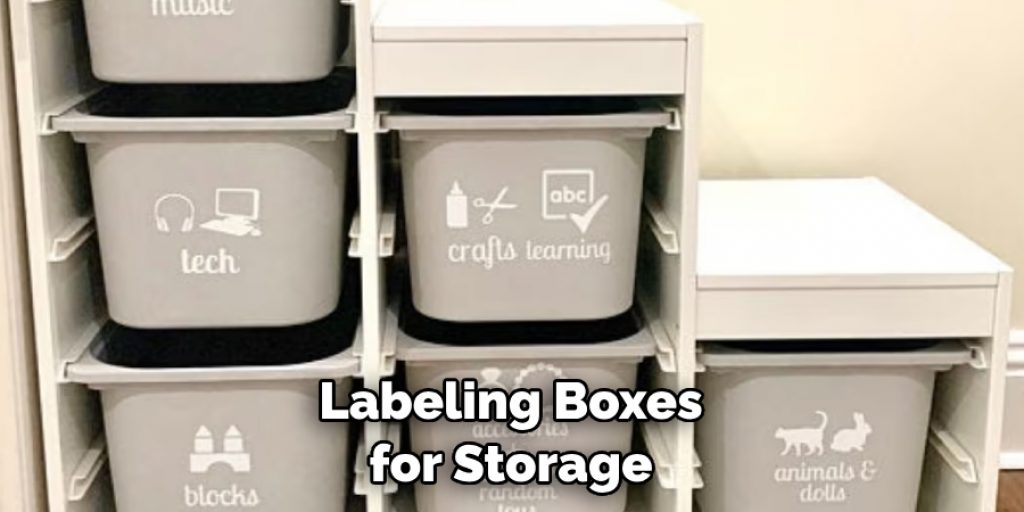
What is the Importance of Labeling Boxes for Storage?
Properly labeling boxes for storage is an essential aspect of organizing and maintaining a tidy space. Whether you’re storing items in your home, office, or moving to a new house, labeling your boxes can save you valuable time and effort down the road. In this section, we’ll discuss the importance of labeling boxes for storage and provide tips on how to do it effectively.
1. Keeping Your Belongings Organized
One of the primary reasons for labeling boxes is to keep your belongings organized. By clearly marking the contents of each box, you’ll know exactly what’s inside without having to open and search through every one. This can be especially helpful when moving or storing items in a shared space, such as a storage unit, where it may be difficult to easily access and identify specific boxes.
By labeling your boxes, you can also create a system for organizing them in a way that makes sense to you. For example, you could label boxes by room or category (e.g., kitchen appliances, winter clothes, etc.) This will make it much easier to find what you need when the time comes.
2. Protecting Your Belongings
Labeling boxes can also help protect your belongings from damage. By including specific information on the label, such as “fragile” or “this side up,” you can ensure that delicate items are handled with care during transport or storage. Additionally, labeling boxes with a list of contents can prevent overpacking and potential damage caused by heavy objects being placed on top of fragile items.
3. Facilitating the Unpacking Process
Labeling boxes can also make the unpacking process much more efficient. By labeling each box with its contents and designated location, you or anyone helping you can easily place them in their appropriate spot. This will save time and energy from having to move boxes around multiple times. Plus, it will help prevent any confusion or misplaced items.
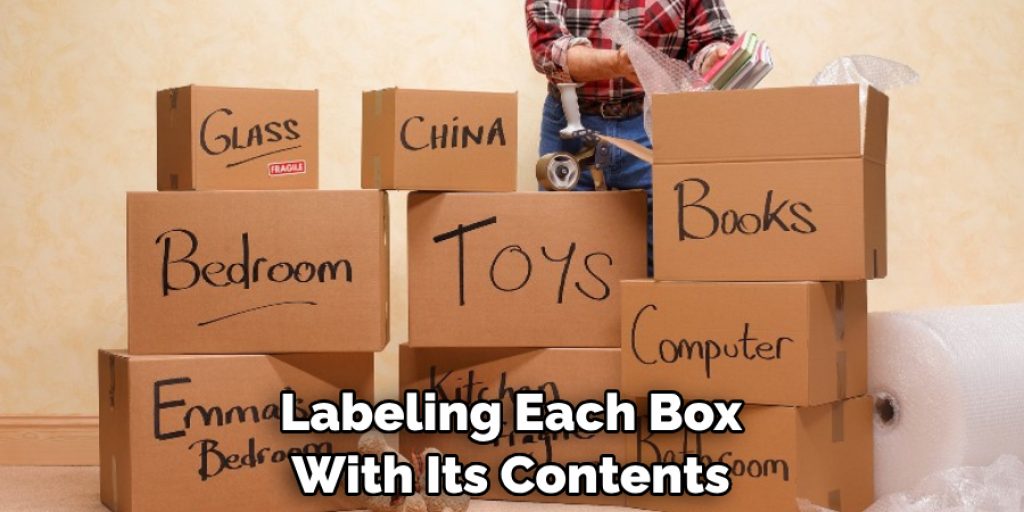
Tips for Effective Labeling
Now that we’ve discussed the importance of labeling boxes for storage, let’s go over some tips to ensure you label effectively:
- Use Clear and Easy-to-read Labels: Make sure your labels are legible and large enough to read from a distance. If using handwritten labels, use a permanent marker and write in block letters.
- Include Important Information: Write down the contents of the box, any fragile items, and which room the box belongs to. This will make it easier when unpacking or searching for specific items.
- Color-code Your Labels: To easily identify boxes from a certain room or category, use different colored labels or markers. This can also help if you have multiple boxes with the same contents but from different rooms.
- Use Abbreviations: If you have limited space on your labels, use abbreviations for room names or frequently used items. For example, “K” for kitchen, “BTH” for bathroom, or “ART” for art supplies.
- Label All Sides of the Box: Make sure to label all sides of the box so that no matter which way it’s stacked, you can still see the label.
- Be Specific With Your Labels: Instead of just writing “kitchen items”, specify which kitchen items are in the box. This will save time and frustration when trying to locate a specific item.
- Use Waterproof Labels: If storing in a damp or humid environment, make sure to use waterproof labels to prevent them from smudging or falling off.
- Make a List: Keep a list of all the items in each box and keep it with you for easy reference. This is especially helpful if you have multiple boxes with similar contents.
- Review and Update Labels Regularly: As you add or remove items from your boxes, make sure to review and update the labels accordingly. This will prevent confusion and save time in the long run.
By following these tips, you can ensure that your boxes are labeled effectively for storage. This will make the process of packing, moving, and unpacking much smoother and less stressful.
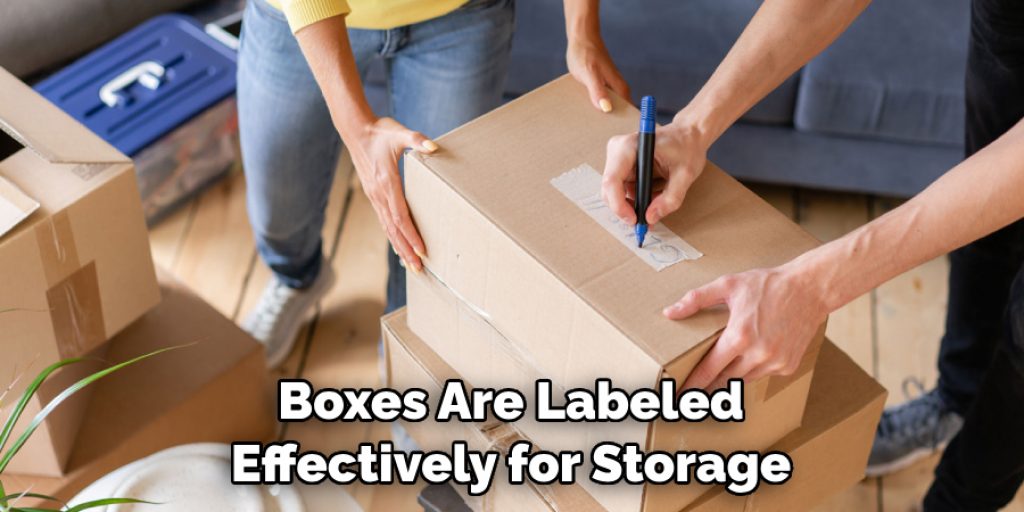
Conclusion
In conclusion, labeling boxes for storage is an important step in the organizing process. It allows you to easily identify and access items when you need them, saving you time and frustration. By following a few simple steps, such as using clear and descriptive labels, creating a labeling system, and including contents or categories on the label, you can ensure that your belongings are stored efficiently and effectively.
Furthermore, labeling boxes is especially crucial when it comes to long-term storage. As items may remain in storage for extended periods of time, labels can help prevent confusion and loss of items.
Additionally, if you plan on moving or relocating in the future, having well-labeled boxes will make the process much smoother. I hope this article has been beneficial for learning how to label boxes for storage. Make Sure the precautionary measures are followed chronologically.

